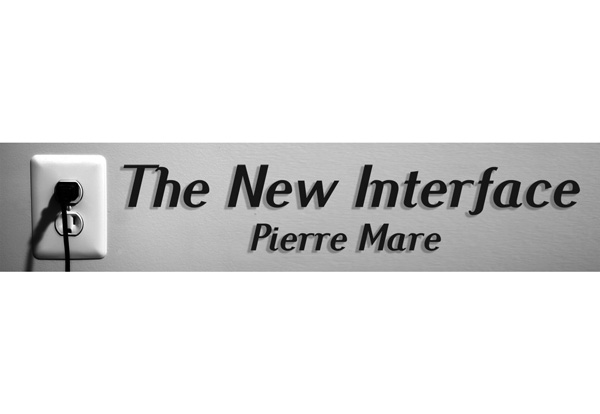
Better staffing for the brand

Although the brand can offer numerous promises, the execution of the promise lies with the staff. If staff are not in sync with the brand and ethics of the organisation, results will be limited, and the impact of the brand will be reduced. In the worst case scenario, the organisation will be damaged. There are a number of reasons why staff members can scupper organisational goals.
The first is a lack of ethics. A person who joins an organisation is expected to associate with the goals, philosophy and culture of an organisation, and further the success of the organisation. However in certain circumstances, staff may begin to disrespect the organisation, even resent it.
Under these circumstances, the member of staff may either abuse the organisation and its resources, or even begin to make negative comments to stakeholders and customers, effectively driving them off.
The second is a lack of alignment to the brand culture. On an operational level, this almost always points to poor service aspects such as delayed responses, inappropriate responses and behaviour, and other aspects that point to lack of concern for the brand.
Both a lack of ethics and lack of alignment to the brand drive stakeholders and customers away from the brand, and make operations difficult. In this regard it is also important to consider that the staff member demoralise those around her or him, and will also reduce operational effectiveness. In other words, this is an operational matter, and no doubt you have seen it time and time again.
The first key solution is to build the brand, and ethics into the HR strategy. It begins with an assessment by HR of the brand and corporate philosophy, with a view to practical measures that can be implemented, as well as the individual qualities of staff that will epitomise the brand.
In the case of recruitment, qualities of potential staff should be measured by psychometrics. Although Namibia’s human resource pool is neither wide nor deep, the best potential can be selected with psychometrics and further cultivated. These staff can either be placed in positions where they can influence those around them or become a nucleus that can be expanded as new staff members join.
The point here is that due to limitations in the pool, there is no perfect plan, and better staff will have to be recruited as they become available, held and developed.
Itemisation and training in brand delivery becomes important from this point on. What sort of behaviour and delivery is needed? What is the ideal personal relationship between each staff member and the customer or stakeholder? This implies the need for training in both service standards as well as desired personal attributes. The training should not be a once-off at induction, but should be ongoing at fairly regular intervals.
At the same time ethics and corporate philosophy should be included. The relationship between ethics and the brand is close and although a staff member may execute the brand in an acceptable manager, the organisation needs a high ethical standard as an underpinning for the brand and organisational effectiveness.
The HR function need not take full responsibility for execution of the brand and ethics. This should also be the function of supervisors particularly, and other levels of management, who need to ensure that the elements that contribute to the brand function on a day-to-day basis.
To ensure that the elements are enforced, three tactics spring to mind. The first is to state requirements in contracts. Secondly, adherence to the requirements has to be built into the appraisal process. Thirdly there needs to be some form of reporting mechanism that identifies variation and unwanted incidents, not necessarily as a disciplinary tool but, most importantly as a means to manage delivery of the brand and ethics.
Complaints of poor service are becoming repetitive and dull. The trick is to manage for good service, not just expect it.











































